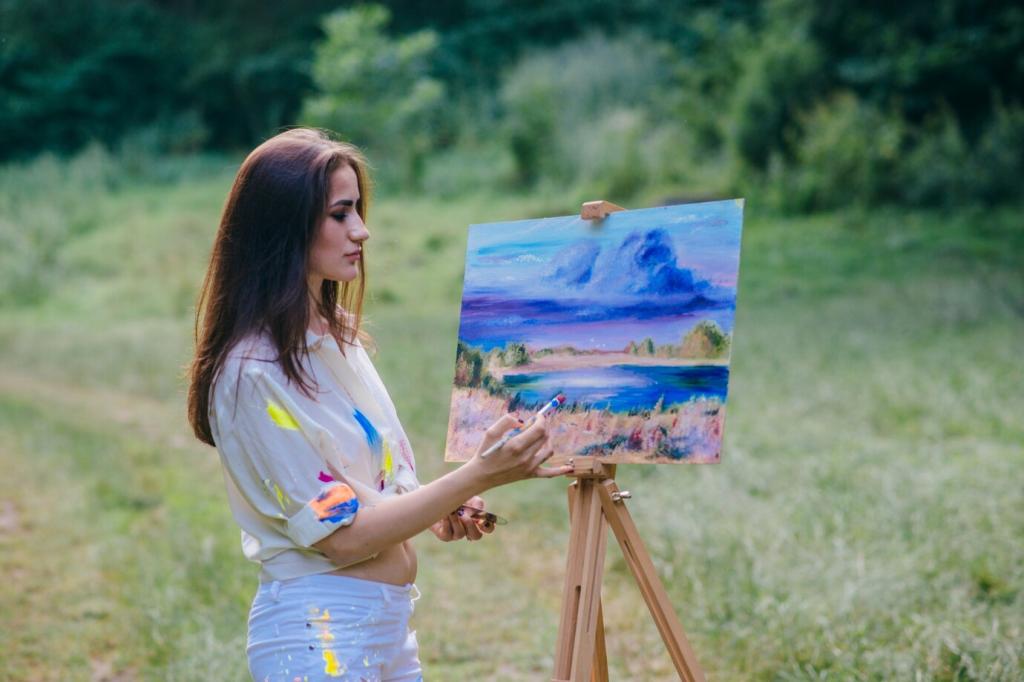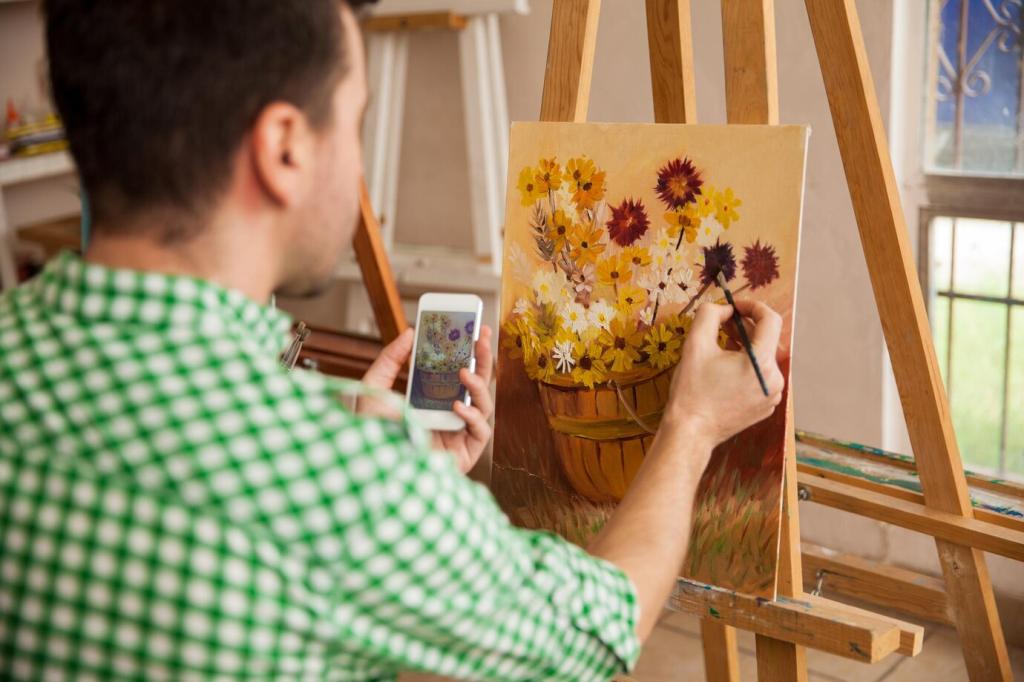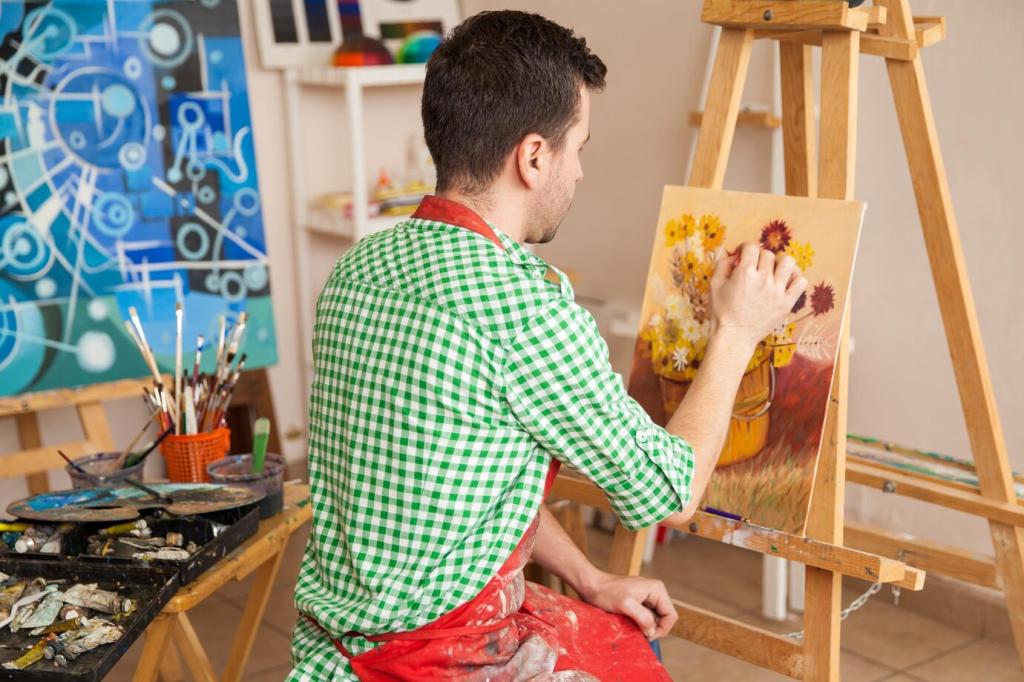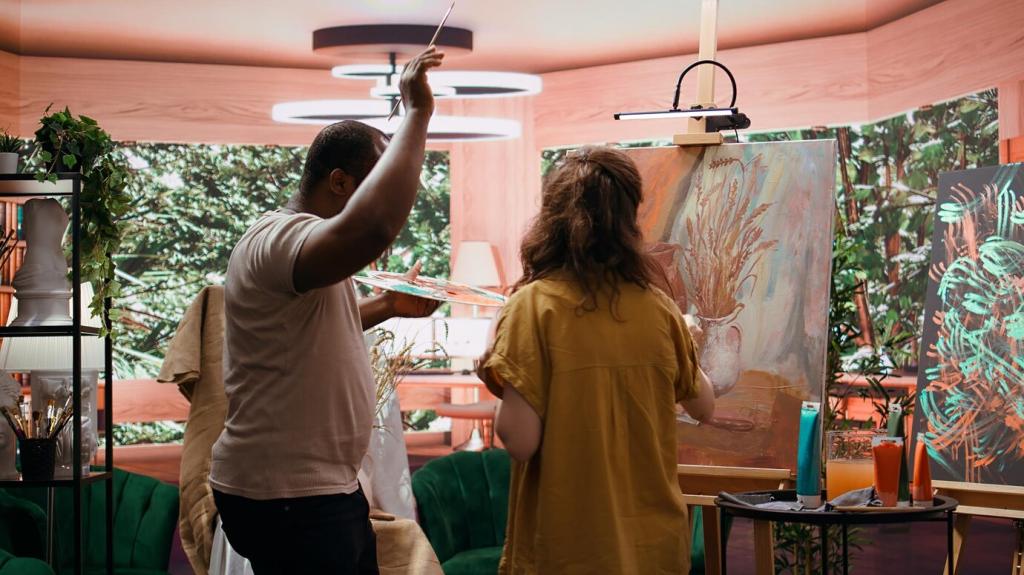Debates and Misconceptions, Gently Untangled
Often a bridge figure, Manet kept one foot in Realism while influencing and exhibiting with the group. Works like Olympia predate the movement yet spark its boldness. Where do you place him on the spectrum? Share your take and one painting that anchors your argument.
Debates and Misconceptions, Gently Untangled
Leisure scenes can look harmless, but they track class, gender, and the remaking of Paris. Who gets to rest? Who serves? What spaces are public? Revisit a favorite painting and tell us what social detail you notice now but missed before, and how it changes the mood.





